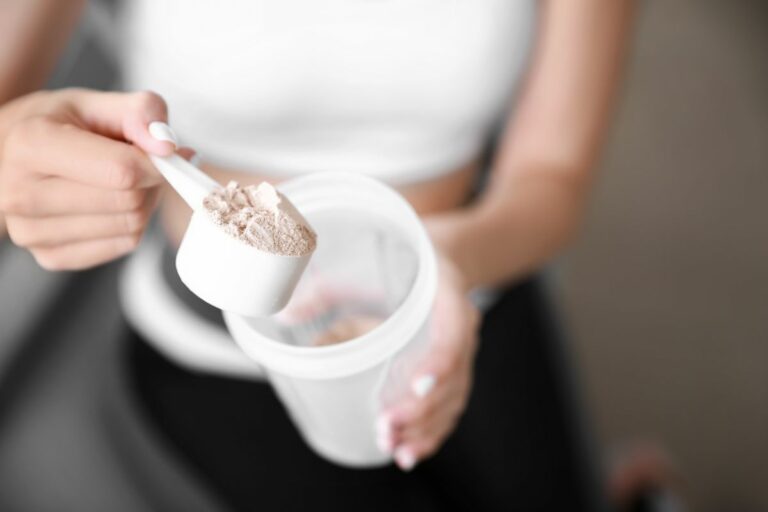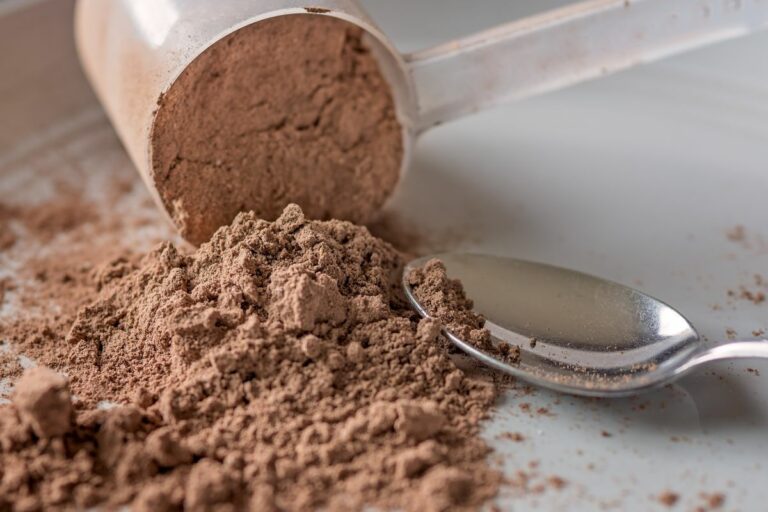How To Make Garlic Juice
You would be forgiven if drinking garlic juice sounds more like a punishment to you than something you would willingly do!
However, there are a lot of benefits to be had from garlic juice, including aiding with the strength of the immune system, preventing hair loss, and encouraging detoxification of the body.
But what exactly is garlic juice, and how is it made? In this article, we are going to be looking at how to make your own garlic juice and take a deeper look at some of the aforementioned health benefits.
What Is Garlic Juice?
Garlic juice is a liquid that is extracted from garlic cloves. As you can imagine, garlic juice has a strong, pungent flavor and aroma.
It can be used as a seasoning in cooking or as a health supplement due to its high levels of antioxidants and anti-inflammatory compounds. It is also used as a natural remedy for various ailments.
What Are The Health Benefits Of Garlic Juice?
As mentioned, there are many potential health benefits associated with consuming garlic juice. Some of the most well-established benefits include:
- Cardiovascular Health: Garlic contains compounds that may help lower blood pressure and cholesterol levels, which can reduce the risk of heart disease.
- Immune System Support: Garlic is a natural antimicrobial and has been used to fight off infections for centuries. It may help boost the immune system and reduce the risk of colds and other illnesses.
- Anti-Inflammatory Properties: Garlic is also known for its anti-inflammatory properties, which may help reduce the risk of certain chronic diseases such as cancer, diabetes, and osteoarthritis.
- Antioxidant Properties: Due to being rich in antioxidants, garlic juice can help protect the body against damage from harmful molecules called free radicals.
- Anti-Cancer Properties: Some studies suggest that consuming garlic may help reduce the risk of certain types of cancer, including stomach, colon, and lung cancer.
- Brain Health: As with the anti-cancer properties, studies have suggested that consuming garlic may help improve cognitive function and protect against age-related brain decline.
- Bone Health: As well as that, garlic juice may help improve bone density and reduce the risk of osteoporosis.
- Skin Health: Skin health- such as promoting clearer skin and reducing the appearance of wrinkles- is another health benefit associated with garlic juice.
- Digestive Health: Garlic juice can help improve digestion and reduce the risk of certain gut-related disorders, such as inflammatory bowel disease.
- Sexual Health: Some studies suggest that consuming garlic may help improve sexual health by increasing blood flow and reducing the risk of erectile dysfunction.
- Hair Health: Garlic juice may help improve hair health and reduce the risk of baldness by promoting growth, preventing hair loss and reducing dandruff.

How To Make Garlic Juice
Making garlic juice is a simple process that can be done using a few basic kitchen tools. First, make sure that you have the necessary ingredients and tools, which are as follows:
- Fresh garlic cloves
- Water
- Blender or food processor
- Fine mesh strainer or cheesecloth
Once you have everything assembled, follow these steps to start making your garlic juice:
- Peel and finely chop the garlic cloves.
- Add the chopped garlic to a blender or food processor and pulse until it forms a smooth paste.
- Slowly add water to the mixture, and continue to blend until the garlic is fully puréed.
- Pour the mixture through a fine mesh strainer or cheesecloth to remove any solids.
- Collect the liquid that comes through the strainer or cheesecloth, that’s your garlic juice.
- Store the garlic juice in a clean, airtight container and keep it refrigerated. It should last for about a week.
- You can also make garlic juice using a juicer, by running peeled cloves through the juicer. This method will give you a more concentrated juice.
Are There Other Methods When It Comes To Making Garlic Juice?
Yes! There are a few different methods possible when it comes to making garlic juice, including the following:
- Mashing: Peel and finely chop the garlic cloves, then use a fork or a potato masher to mash the garlic until it forms a paste. Squeeze the paste through cheesecloth or a fine mesh strainer to extract the juice.
- Pressing: Peel and finely chop the garlic cloves, then add them to a garlic press. Press the garlic over a bowl or container to extract the juice.
- Fermenting: Peel and finely chop the garlic cloves and place them in a jar. Cover the garlic with a mixture of water and salt, and seal the jar tightly. Allow the mixture to ferment for about a week, then strain off the liquid to extract the juice. Fermented garlic juice will have a distinct tangy taste and increased beneficial bacteria.
- Squeezing: Peel and finely chop the garlic cloves and place them in a clean piece of cloth, like a cheesecloth or a fine mesh strainer. Squeeze the garlic until you get the juice out. This method will take a fair amount of physical effort, but it can make for an excellent workout!
Whichever method you choose, make sure to use fresh, high-quality garlic cloves, and store the juice in a clean, airtight container in the refrigerator.
Explore Also:
Creativehouseblog
Dietsheriff
Gigasecurehome
Final Thoughts
Making garlic juice is a simple process that can be done using a variety of methods, including blending, juicing, mashing, pressing, and fermenting.
Each method has its own advantages and disadvantages, and the choice of method will depend on the equipment you have available and the desired flavor and texture of the juice.
It is important to use fresh, high-quality garlic cloves, as older or spoiled garlic may not have the same health benefits or taste as fresh garlic.
Make sure to store the juice in a clean, airtight container as well in order to maintain its freshness and potency.
It’s worth noting that garlic juice can be quite strong, so it may be more palatable when diluted with water or added to other ingredients.
And, as always, before consuming large amounts of garlic juice or taking it as a supplement, it’s important to consult with a healthcare professional, especially if you are taking any medication or have any health condition.
Common Questions About Garlic Juice
- What is garlic juice, and how is it made?
- People are often curious about the process of extracting juice from garlic and what it involves. Explaining the extraction process and the various methods used can be informative.
- What are the potential health benefits of consuming garlic juice?
- Garlic is often associated with numerous health benefits, such as its potential to lower blood pressure, boost the immune system, and improve heart health. Readers may want to know how garlic juice can offer these health advantages.
- How can garlic juice be incorporated into a daily diet?
- Readers may be interested in learning about creative and practical ways to include garlic juice in their daily meals or beverages. Sharing recipes or serving suggestions can be helpful.
- Are there any potential side effects or precautions when consuming garlic juice?
- It’s essential to address potential side effects or interactions with medications and any precautions that people should take when adding garlic juice to their diet.
- What’s the difference between garlic juice and other garlic products like garlic oil or garlic powder?
- Many garlic-based products are available, and readers may want to understand how garlic juice compares to these alternatives in terms of flavor, potency, and culinary uses.







